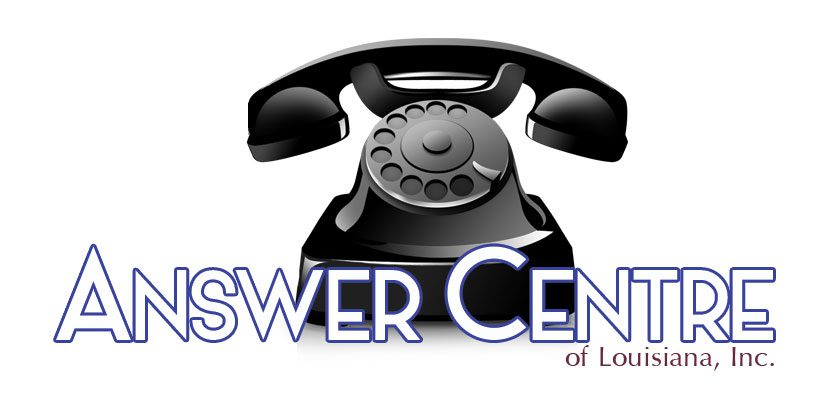In today’s business world, speed and efficiency guide every move. We need excellent customer service and smooth operations. A reliable call answering solution sits at the core of these needs. Small startups and large corporations both must handle incoming calls well. Every answered call builds trust, helps employees, and boosts business.
This article shows how modern call answering solutions lift efficiency and support great customer experiences.
Understanding the Importance of a Call Answering Solution
Every caller starts as a word in our business conversation. A prompt, clear answer forms the head of that sentence. Fast, proper replies build trust and bring new business. Poor call handling creates gaps. These gaps drop opportunities, provoke frustration, and cost money.
A call answering solution links incoming calls with quick responses. Its design brings calls, queries, and employees close. This tool lowers wait times, cuts missed calls, and uses resources well.
Key Features of an Innovative Call Answering Solution
Modern call answering systems connect more than just voice messages. Their features draw key ideas and connect them one by one. Look at these features:
-
Automated Call Routing
The system links a call directly to the right department or person. -
Interactive Voice Response (IVR)
Callers press keys or speak to choose their next step. This structure connects the menu options to the final response. -
24/7 Availability
The system never leaves a call unanswered, even when business hours end. -
Call Recording and Analytics
Recorded calls join with review data. This pairing supports quality checks and training. -
Integration with CRM Systems
Call data and customer data join closely to give a personal touch and effective follow-ups. -
Virtual Receptionists
The digital agent mimics a human operator. It connects a friendly voice with each call.
Benefits of Implementing a Call Answering Solution for Businesses
A modern call answering solution brings clear benefits. It links efficiency with excellent service. Consider these gains:
1. Streamlined Customer Interactions
The system places automated routing right next to customer calls. This shorter distance brings the right person faster. IVR handles simple tasks so staff can solve harder problems.
2. Reduced Missed Calls and Lost Leads
Every call connects with the system. No matter volume or time, each one gets a response. This closeness stops opportunities from falling away.
3. Enhanced Employee Productivity
When call handling is automated, employees focus on core work. They shift from routine phone tasks to high-impact jobs.

4. Cost Savings
Using outsourced or virtual receptionists cuts the need for many in-house staff. This structure reduces costs while keeping service high.
5. Data-Driven Improvements
Call data ties directly to improvements. Recorded calls and metrics shed light on customer needs and staff performance. These clear links help refine work processes.
How to Choose the Right Call Answering Solution for Your Business
The right solution matches your unique needs. Ask these questions:
-
Scalability
Will the system grow when your business does? -
Customization
Can the system reshape itself to echo your brand? -
Integration
Does the solution link well with tools like CRM or helpdesk software? -
User-Friendliness
Is the interface simple for both staff and callers? -
Customer Support
Will the system provider back you up quickly? -
Pricing
Do the costs match your budget and promise a good return?
Step-by-Step Guide to Implementing a Call Answering Solution
A smooth rollout begins with clear steps. Use this guide:
-
Assess your current call process.
Find the weak links and volume peaks. -
Define your objectives.
Decide if you need faster replies, better service, or cost cuts. -
Research providers.
Compare options by features, reviews, and price. -
Request demos and trials.
Test the system to see how it connects with your work? -
Train your team.
Make sure everyone knows the system’s paths. -
Launch and monitor.
Start the system and watch its call metrics. -
Gather feedback.
Listen to staff and callers to adjust weak spots.
Frequently Asked Questions About Call Answering Solutions
Q1: What types of businesses can benefit from a call answering solution?
Any company that accepts customer calls will benefit. Small, large, local, or international—each call ties directly into success, and this solution works well in every case.
Q2: How does a call answering solution improve customer experience?
When calls are answered quickly and routed clearly, wait times shrink. A fast chain of responses brings more satisfaction.
Q3: Can a call answering solution integrate with other business systems?
Modern solutions do integrate with systems like CRMs and helpdesks. This connection makes workflows more efficient.
Conclusion: Take Your Business Efficiency to the Next Level
A call answering solution is not just an extra tool. It is a key link in building efficiency and excellent customer service. By automating call handling and shortening the path to a response, these systems free staff for strategic work. They also bring a competitive edge in today’s tight market.
Ready to link better customer interactions with higher productivity? Look at the latest call answering technologies. Find a solution that meets your business needs. Your customers—and your business—will feel the difference.
For more insight into customer communication trends and technology, visit Forbes Technology Council (source).


